Persimmons are beautiful and adaptable fruit trees and the fruit can be eaten fresh, dried or pickled. They grow best in warm southern regions, in the Pacific northwest and into central and southern California. They are standard size trees so make sure you have lots of room for this one to grow. The oriental persimmon is native to China and Japan and is a relatively pest-free tree to grow. It has glossy dark green leaves that turn red, orange and yellow for a fiery fall display. Even after all the leaves drop the deep red orange fruit hangs on the bare branches for a dramatic fall picture.
Types of Persimmon Fruits
Non-Astringent - like the Fuyu variety. The Fuyus' fruit can be eaten right off the tree like an apple. The Fuyu is a popular cultivar grown worldwide. This cultivar is a heavy producer, so it is important to thin the fruit.
Astringent - like the Hachiya. The Hachiya needs to be fully ripe and very soft before you eat them. If you eat them before they are ripe, it might taste like eating alum powder (from the high levels of tannic acid). Pick them when they're fully colored but still firm. They can be left on the tree to ripen but more often than not birds or racoons will eat them before you do. To ripen them, put them in boxes and leave them in the garage or you can ripen them on the kitchen counter. When they're ripe they will feel like holding a bag of jello and they'll be translucent instead of opaque. If you see a little sun scald on the fruit, don’t worry. It actually helps the fruit taste sweeter. Once they're fully ripe you can freeze them whole and then take them out and enjoy them whenever you want.

Are Persimmons Right for You?
Persimmons will need plenty of room, full sun and good drainage. They're hardy down to zone seven and have a low chill requirement. They bloom late enough to avoid most late spring frosts. They grow best in warm southern regions, in the Pacific northwest and into central and southern California.
Planting & Growing Persimmons
Soil type - these trees prefer loamy soils but they will tolerate heavier clay soils better than most fruit trees, especially if the tree that you are planting is grafted onto a "D Lotus" rootstock. Just make sure there is adequate drainage, they will not tolerate soggy soils.
Water Requirements - don't over-water your newly planted persimmon tree. The biggest cause of death for persimmon trees is too much water. Once established, persimmon trees are fairly drought tolerant but they'll bear more fruit with regular watering.
Pruning Your Persimmon
You want to train your persimmon to a modified central leader system and you can watch our video on
Summer Pruning of Cherries and Apricots but you will prune the persimmon in the
winter.

Persimmons are heavy producers a mature full-size tree can produce three hundred pounds of fruit, so it's important to prune and thin. Persimmons bear fruit on long shoots. Thin out some of these long fruiting shoots to limit the amount of fruit the tree is able to set. Prune out weak and twiggy growth and water sprouts. Don’t head back your scaffolding branches, it will produce too many shoots. Find a lateral at least a third the size of the branch you're taking out, then use a thinning cut to take the branch back to that lateral. This will keep the tree smaller and more compact without creating a lot of messy water sprouts. Flower or fruit thinning may be necessary later in the season too, especially for the Hachiya cultivar. Thin fruit in early summer, leaving about 1-4 fruit per shoot. Persimmons are known to biennial bearing (fruiting every other year) and thinning may help avoid this pattern.
Grow a persimmon tree for the summer and fall beauty and also the super sweet fruit, and Grow Organic for Life!

 Persimmons are heavy producers a mature full-size tree can produce three hundred pounds of fruit, so it's important to prune and thin. Persimmons bear fruit on long shoots. Thin out some of these long fruiting shoots to limit the amount of fruit the tree is able to set. Prune out weak and twiggy growth and water sprouts. Don’t head back your scaffolding branches, it will produce too many shoots. Find a lateral at least a third the size of the branch you're taking out, then use a thinning cut to take the branch back to that lateral. This will keep the tree smaller and more compact without creating a lot of messy water sprouts. Flower or fruit thinning may be necessary later in the season too, especially for the Hachiya cultivar. Thin fruit in early summer, leaving about 1-4 fruit per shoot. Persimmons are known to biennial bearing (fruiting every other year) and thinning may help avoid this pattern. Grow a persimmon tree for the summer and fall beauty and also the super sweet fruit, and Grow Organic for Life!
Persimmons are heavy producers a mature full-size tree can produce three hundred pounds of fruit, so it's important to prune and thin. Persimmons bear fruit on long shoots. Thin out some of these long fruiting shoots to limit the amount of fruit the tree is able to set. Prune out weak and twiggy growth and water sprouts. Don’t head back your scaffolding branches, it will produce too many shoots. Find a lateral at least a third the size of the branch you're taking out, then use a thinning cut to take the branch back to that lateral. This will keep the tree smaller and more compact without creating a lot of messy water sprouts. Flower or fruit thinning may be necessary later in the season too, especially for the Hachiya cultivar. Thin fruit in early summer, leaving about 1-4 fruit per shoot. Persimmons are known to biennial bearing (fruiting every other year) and thinning may help avoid this pattern. Grow a persimmon tree for the summer and fall beauty and also the super sweet fruit, and Grow Organic for Life!

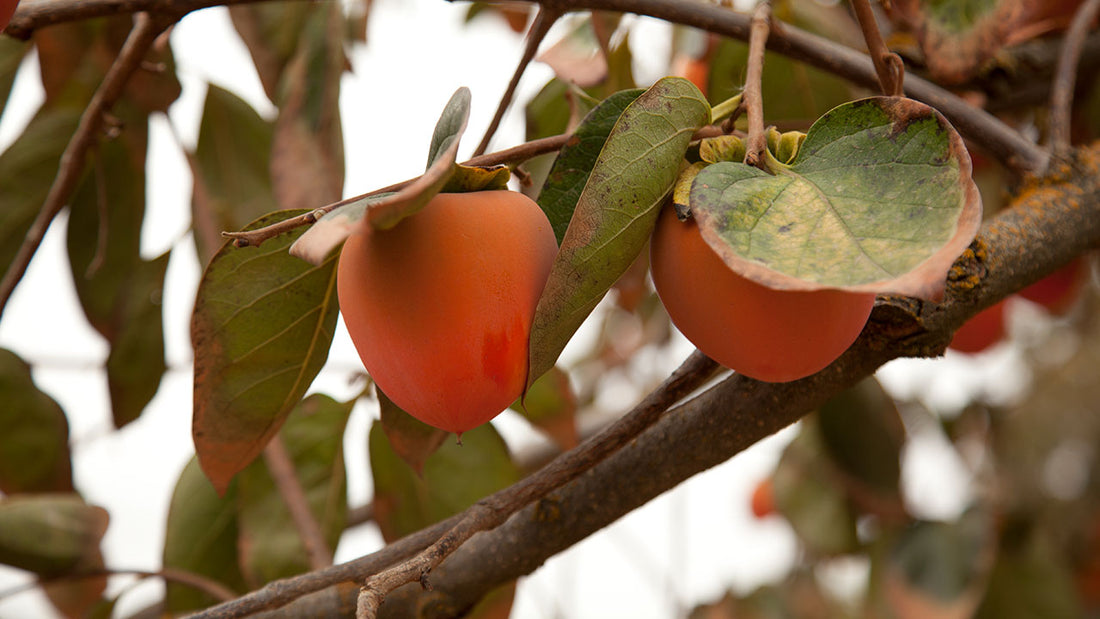
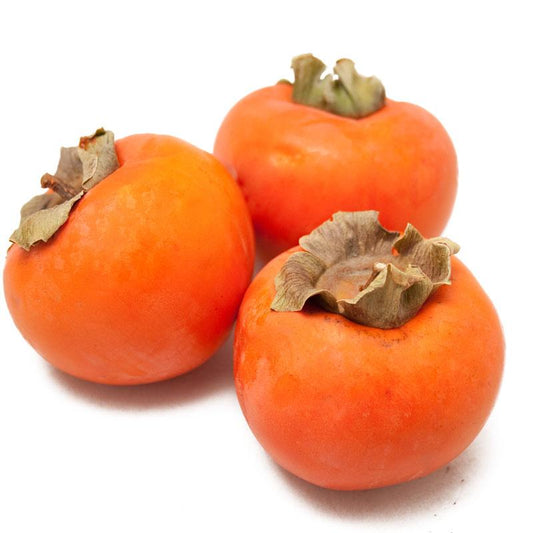
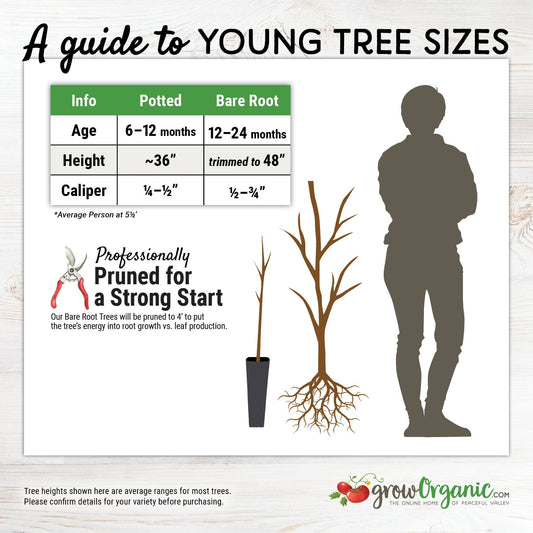
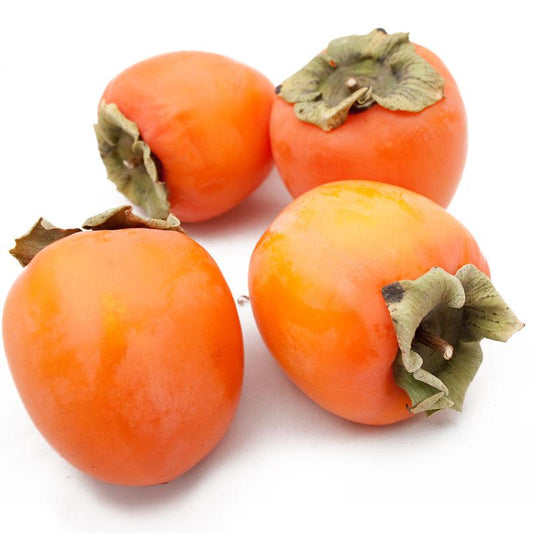
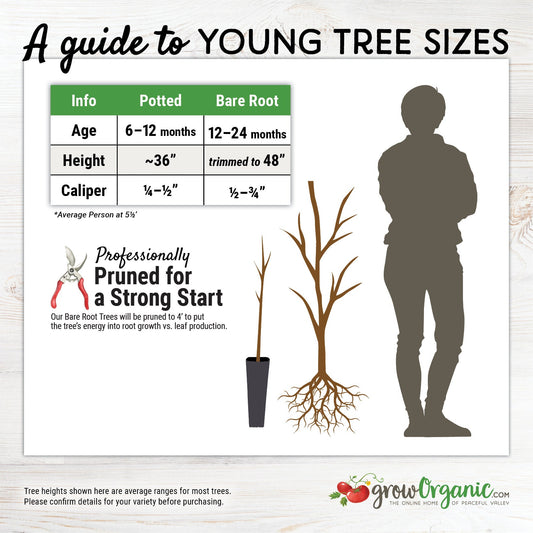
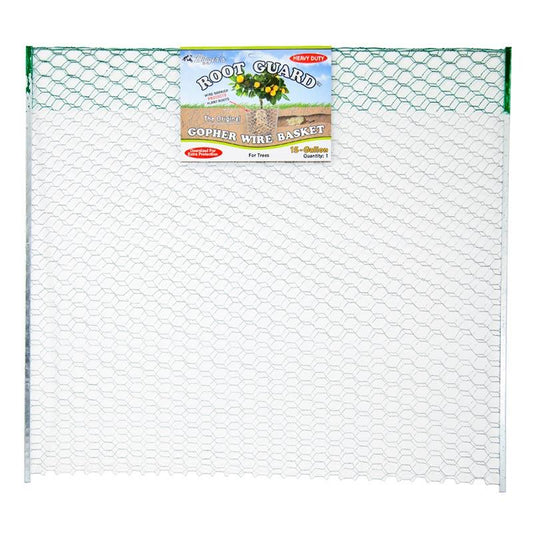
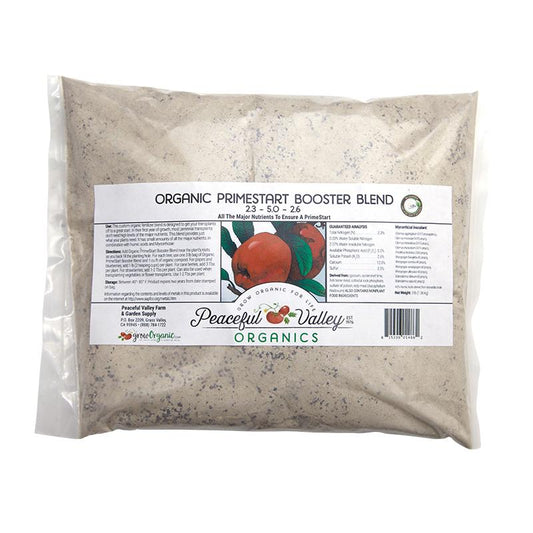
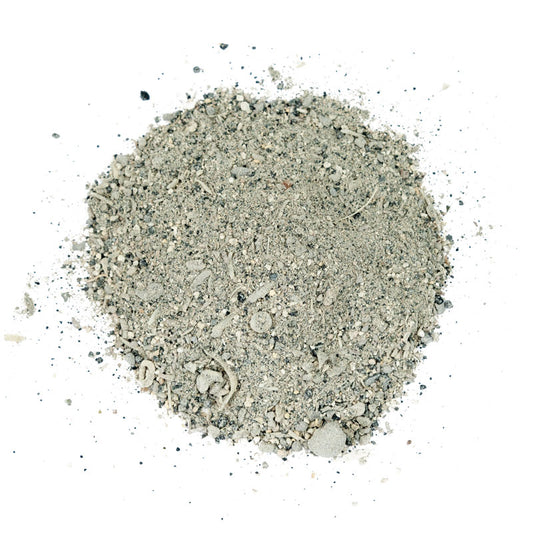
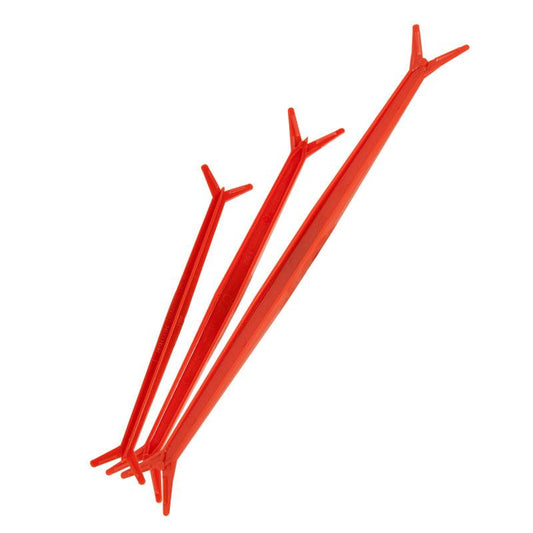
17 comments
Dawn, there are Japanese persimmon varieties and American persimmon varieties. There is a difference between the varieties. Japanese varieties are a little less cold hardy, takes longer to make fruit, are smaller trees (up to 30 feet), are more productive, has larger fruit, has fewer seeds per fruit and are usually self pollinating. The trees can take 3-4 years before they start bearing fruit. You can always try adding more phosphorus to the trees this year, which will translate to next years crop. Persimmons are heavy feeders when they are producing fruit, so you might consider a soil test to see where you are at on your soil nutrients.
how do I know if my tree is an American or Asian tree? I have this tree for three years no blossom or fruit.
American Persimmons such as Yates or Prok grow in zone 5, as do Paw Paws. I will be planting both at my zone 5 Vermont homestead.
Charles, you live in a compatible zone to grow the Hachiya so it should grow fine in Loomis. Things to consider when planting your persimmon is to make sure you are planting in an area that has good drainage, give it enough room to grow (they can get very large and wide), do not over water the tree at planting time and if you have gopher issues in your area, put it in a tree size gopher basket to protect the young roots.
This article is very helpful. We live in Loomis, CA. 95650. Thinking about planting the Hachiya before January 2021. Any advice will be greatly appreciated. Thank You